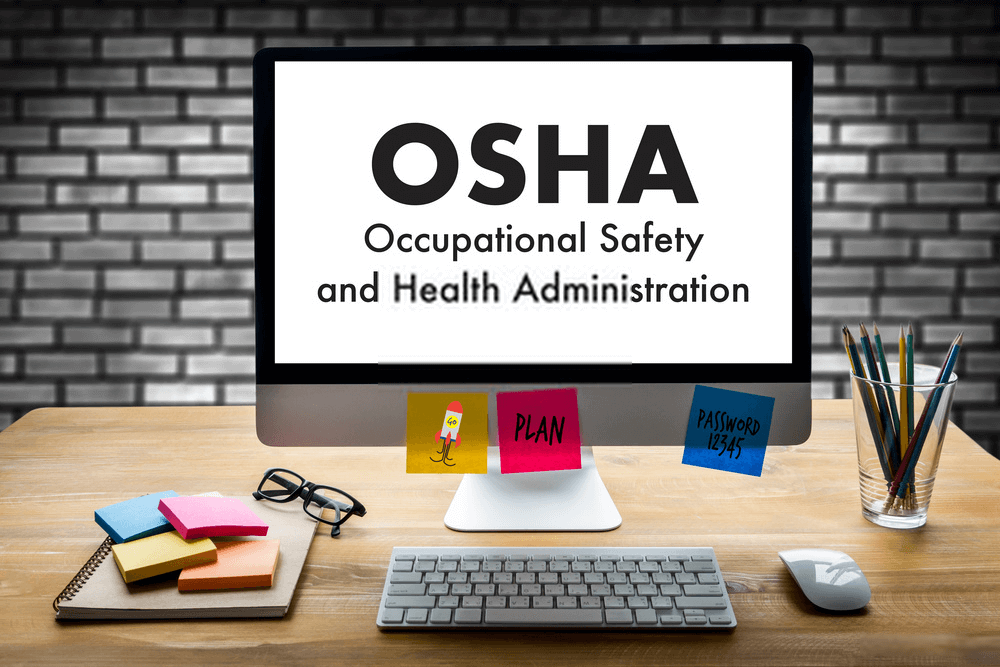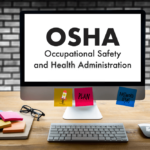Ever wondered what strategic agility means? These days, the words “agile” and “strategic” are thrown around loosely in workplaces. As organizations increasingly integrate accident and illness prevention and risk management into mainstream strategic considerations, there exists underlying complexities to its approaches on how workplace safety can be integrated into strategic considerations without tensions.
The truth is, as Environment health and safety (EHS) leaders focus on designing organizational goals that saves time and efforts, reduces wastes, encourage innovation, improves job satisfaction, enable collaboration, makes getting funding quicker, promote simplicity over redundancy, embrace failures (with the sole aim or learning from it), help teams amplify the strengths over weaknesses.
According to Ivory, S. B & Brooks, S. B, strategic agility is the ability of management to constantly and rapidly sense and respond to a changing environment by intentionally making strategic moves and consequently adapting the necessary organizational configuration for successful implementation.
The case of Anglo America is a practical example of how strategic agility helped turn a failing company around for good because for decades the company had lacked a clear vision, guiding values, an overarching strategy, common business objectives, and, above all, a safe working environment for its employees. One of the things that the CEO of Anglo America had to do was rejecting the notion that zero injuries could be achieved without putting the right things in place to protect workers from unsafe practices. The CEO opted to see how things worked in the field and get first-hand information from the line employees and line supervisors. This strategic thinking forced the failing Anglo America company to look within for solutions. An organization attempting to achieve strategic sensitivity must both ‘‘learn from and let go of experience, look forward and backward, and engage ideas from the top down and bottom up’’ (Lewis et al. 2014, p. 60).
Decisions that had to be made following the CEO engagement with the workforce turned a once failing company around to become a model for most companies today looking to adopt the strategic agility principles. I wasn’t there with the CEO of Anglo America when the change was happening but I could imagine that some of the steps taken to strategically address the safety issues were compartmentalizing the issues, not rushing to conclusion on what the right solutions may be, therefore, asking the WHY and not starting with the HOW, benchmarking other organizations that may have been in a similar situation and investing in resources needed to get the right solutions in place. It was no surprise that after the company had worked on putting a solution in place, the rate of injuries and poor quality decreased dramatically.
What does your organization do to inform strategic agility? What ways does your Safety department embrace the strategic agility mindset? Share your thoughts.
References:
The CEO of Anglo American on Getting Serious About SafetyManaging Corporate Sustainability with a Paradoxical Lens: Lessons from Strategic Agility












